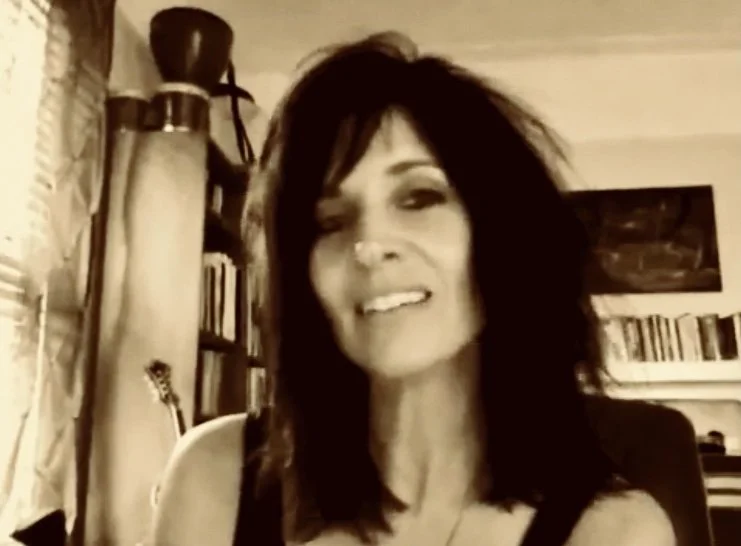(Note: This essay’s featured in THE WELL-FED E-PUB, a monthly newsletter by esteemed freelance commercial writer and mentor Peter Bowerman. So, the tone and emphasis is a little different from usual. Enjoy the variety! Be well… take care.)
Your website is a 24-hour virtual assistant and the “front door” of your business. It needs to be functional, professional, and attractive. What’s important to consider as you’re making this crucial choice of which platform to choose?
To keep it simple, we’ll narrow it down to three types of platforms that content creators commonly use: WordPress, Squarespace, and The DIYs, and focus on their ability to customize (Bells & Whistles), learning curve, and cost.
OK, full disclosure: I’m a Squarespace designer and have fully embraced its user-friendliness, striking layouts, and simple pricing structure; once I went Squarespace, I never looked back!
WordPress: The grand dame. Some sources estimate that 20% of self-hosted sites use WordPress.
Bells and Whistles: Pretty much unlimited. From bare-bones to the highest level of sophistication, WordPress has you covered. Depending on your budget, WordPress can make your website look and function almost any way you want. Quite a few Fortune 500 companies use the platform.
Learning Curve: Medium to steep (if DIY). Though its WYSIWYG (What You See Is What You Get) editor is improving, it’ll take some effort and education to get up to speed if you’re DIY-ing it — or even making updates. Plug-ins and separate hosting/domain services also add to the equation.
Cost: Low (DIY) to stratospheric (high-end designer). Using WordPress as a platform means you may pay anywhere from <$10 to thousands to get it up and running, plus maintenance (edits, updates, etc.). Unless you’ve got strong design and technical chops, you’ll likely get exactly what you pay for.
Squarespace: The designer’s darling (and yes, THIS designer’s darling). Among all-in-one website platforms, it leads in market share.
Bells and Whistles: Carefully curated, aesthetically pleasing choices. Whether you need a one-page portfolio or something more complex, it’s difficult to have a second-rate website on the Squarespace platform.
The templates have a signature clean design that also allows for light customization. Most FLCWs will find it to be an excellent showcase for their writing and image.
Learning Curve: Squarespace has a much easier learning curve than WordPress if you consider yourself low-tech. A Squarespace-focused designer can usually get you going in under a week and teach you how to update the site easily. If you’re doing it yourself, there’s an extensive knowledge base and award-winning customer support.
Cost: Varies (DIY vs. going pro). If you’re a DIY type, it’ll be ~$144-$216/year + tax for their all-in-one package, which provides a lot of style and performance for the money. If you’re going pro, Squarespace designer development fees usually run from under $1000 (more typical), to $2500 for top designers.
The DIYs: (Including Weebly, Wix, and Journo Portfolio)
Bells and Whistles: These types of sites are template-based; you can get basic copy, photos, and uploads online in a few hours. While each platform boasts a few great-looking templates, customization tends to be limited and/or clunky. That said, I still have my musician site on Weebly (it’s a sentimental thing).
Learning Curve: Gentle rise, unless you need to do something artsy, layout-wise. Level of customer support varies for this type of platform, but you can usually find answers to your questions on user forums.
Cost: Free to medium-low. If your outlay starts to approach $150/year, it’s worth it to investigate fuller-featured options — especially if you want a sophisticated design to make you stand out.
If you want to create a website that effectively and impressively showcases your copywriting practice—AND isn’t a major hassle to build, maintain, and update—the platform matters. Any of the above options can deliver admirably, but for the low-tech out there (even DIYers), Squarespace’s success speaks for itself.
Good luck!
********************
PB: I’ve checked out Carol’s work and it’s excellent. AND, she’s offering Well-Fed E-PUB readers a tasty deal on a Squarespace website, through the rest of 2020. The customized 6-page (max) site will typically include Home, About, How We Work, Portfolio (20 samples max), Testimonials, and Contact (no e-commerce).
Cost to design & build the site, PLUS two weeks of post-launch support: $850.














